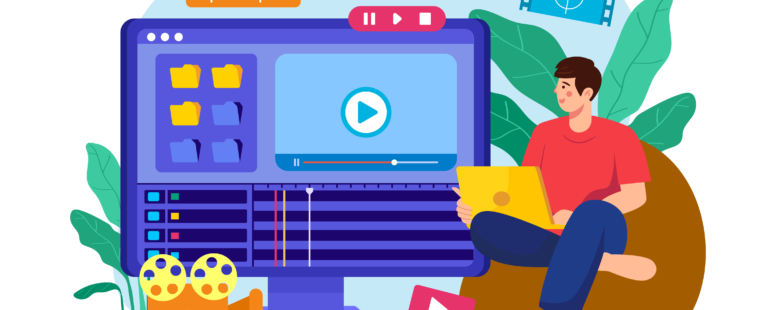What is eLearning ? Ultimate Corporate User Guide for Beginners 2023
If you’re a non-eLearning professional, there’s no doubt that you’ve spent at least some time thinking about what you could do to step in to eLearning. Maybe you’ve been thinking about switching roles to instructional design, or maybe you just want something new and exciting in your life. Whatever the case may be, one thing is for certain: eLearning can help you do just that! In this article we have provided an ultimate guide on what is eLearning that will help you boost your eLearning career.
Still, you have to give yourself time to learn about fundamentals of eLearning as a starter because eLearning can be frustrating at times. But with the right tools and the right approach, eLearning can be incredibly effective for learners!
The whole point of eLearning is to make your learning experience as engaging and interactive as possible, making it a great option for the digital age we live in. Plus, you don’t have to worry about being in a physical classroom, you can learn from anywhere you have an internet connection! How cool is that? Now let’s dig more into what is eLearning and how it can be used for corporate sectors.
What is eLearning?
To understand what is eLearning let’s start with eLearning 101 to set clear foundations.
eLearning, as an electronic learning, is a module that comprise of multiple components (text, video, audio) and deliver electronically in a learning event or platform.
eLearning allows learners to access educational content and materials remotely, without the need for a physical classroom setting.
eLearning often includes interactive features and multimedia elements, such as videos, quizzes, and simulations, to engage learners and enhance their learning experience. It is a flexible and convenient learning option that can be accessed anytime and anywhere.
eLearning has seen a significant transformation in recent years and continues to evolve to meet the demands of learners and organizations. One of the major eLearning trend is the increased utilization of artificial intelligence and machine learning. These technologies help to personalize learning experiences, enhance engagement, and improve learning capabilities of what is eLearning and its outcomes by providing learners with targeted and relevant content.
History of eLearning
The history of eLearning has been an evolving thing. It started with the first spreadsheet, and it’s only going to get better from here.
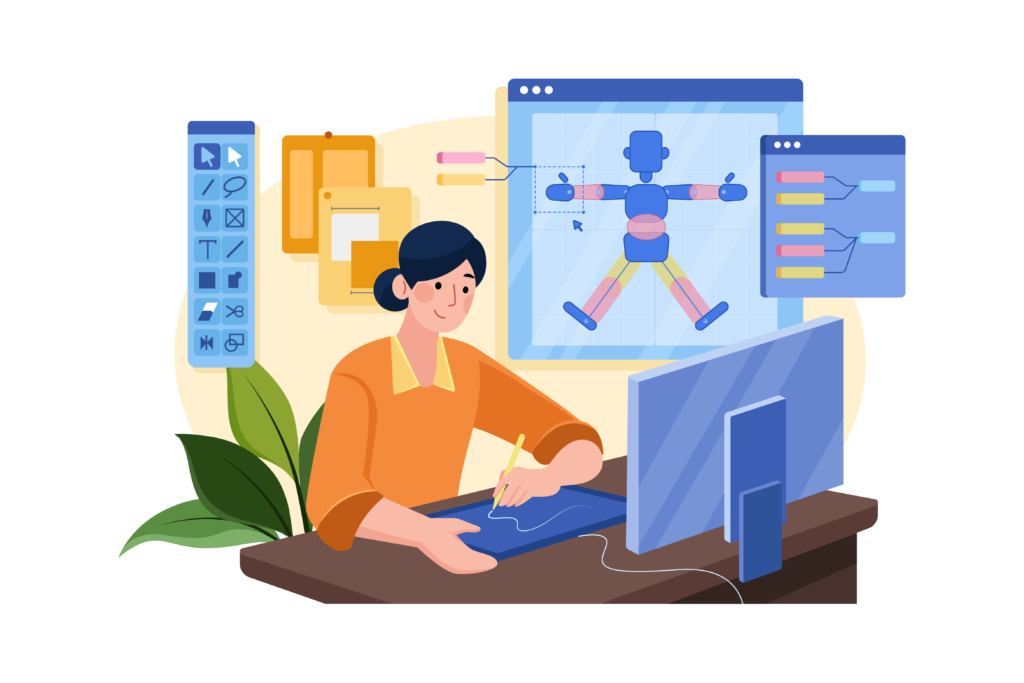
Like any story, there are many different versions of the eLearning story—people who have been involved with the field, people who have worked in the field, and people who have designed courses for their own use. So we’ll share our thoughts on what we think it is, as well as some examples of how it’s used today.
As far as we @blendtolearn knows, it’s all started back in 1960s…
-
1960s
-
1980
-
1990s
-
2000s
1960s when the first distance learning courses were offered through correspondence schools.
In the 1980s, computer-assisted instruction emerged, allowing for a more interactive learning experience.
The 1990s saw the widespread adoption of the internet and the rise of online courses and virtual classrooms. This led to the development of learning management systems, which provided a platform for delivering and tracking online learning.
In the 2000s, advancements in technology led to the rise of mobile learning and the popularity of Massive Open Online Courses (MOOCs), which allowed for large numbers of students to access high-quality education from top universities.
Today, eLearning continues to evolve and expand, with the use of artificial intelligence, virtual and augmented reality, and other technologies enhancing the learning experience. It is essential to have a thorough understanding of various aspects of what is eLearning in order to create and execute eLearning programs effectively.
Nowadays, eLearning is used for all sorts of purposes, and it’s important to have a good understanding of it if you want to create and run effective eLearning programs. So, if you’re interested in learning more about what is eLearning and the evolution of eLearning, keep reading!
7 Types of eLearning
eLearning is getting bigger and bigger. Earlier there were only 1 or 2 types of eLearning. Now, there are 7 types of eLearning and growing.
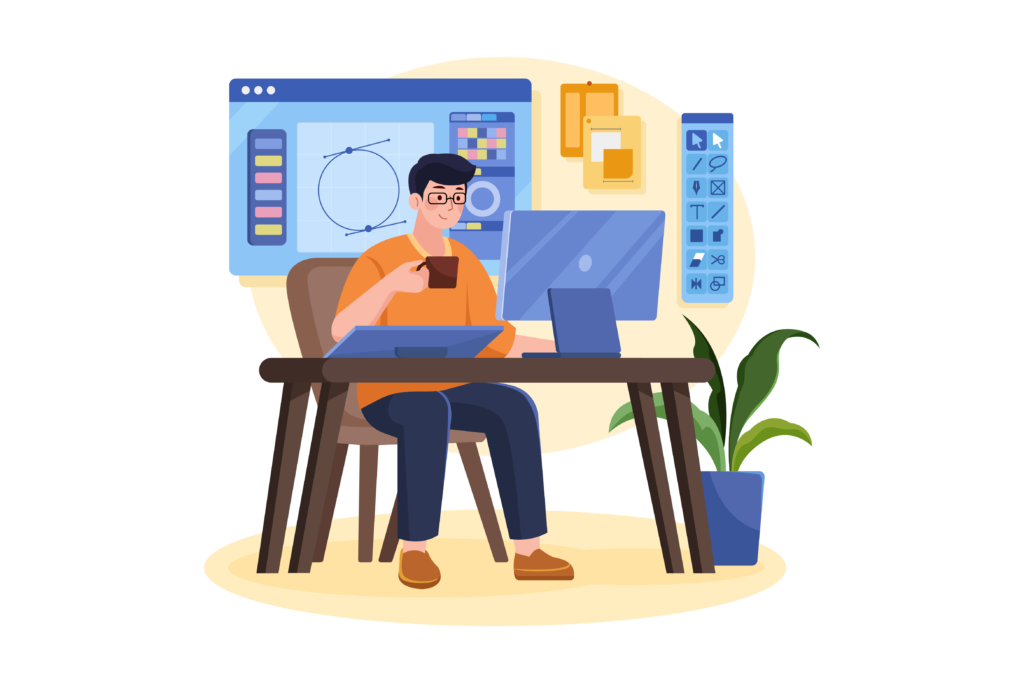
1. Online courses and training programs:
These are digital versions of traditional classroom-based training, allowing employees to access learning materials and complete assessments at their own pace. Let’s dive deeper by segregating two types of online training programs:
- Asynchronous E-Learning – Synchronous eLearning can be effective for training that requires real- time interaction and collaboration, such as team-building exercises or complex problem-solving tasks. It can also be useful for providing support and guidance to employees as they learn new skills, as the instructor is available in real-time to answer questions and provide feedback. Overall, asynchronous e-learning is an important component when we talk about what is eLearning and its landscape. It provides learners with greater flexibility and control over their learning experiences, and can be combined with other forms of e-learning to create a more comprehensive and engaging learning environment.
- Synchronous E-Learning – Asynchronous eLearning, on the other hand, can be useful for providing employees with flexible, self-paced training options. This type of learning can be particularly useful for employees who have busy schedules and may not be able to attend live training sessions. It can also be useful for providing employees with access to a wide range of training materials, such as videos, articles, and quizzes, that they can complete on their own time.
Overall, the choice between synchronous and asynchronous eLearning in the corporate world will depend on the specific training needs and goals of the organization. Some organizations
may benefit more from synchronous learning, while others may find asynchronous learning to be more effective.
2. Gamified Learning:
This type of eLearning uses game-like elements, such as challenges and rewards, to engage and motivate learners. In corporate eLearning, if you want to know what is eLearning in gamification then let me tell you that it can be applied in a variety of ways. For example, a company might use gamification to motivate employees to complete compliance training, to encourage employees to learn new skills, or to enhance team-building and collaboration.
3. Microlearning:
This involves delivering short, focused learning experiences, often in the form of videos or bite-sized chunks of content, to help employees quickly acquire new skills or knowledge. Microlearning is a successful content development approach. To understand what is eLearning one should have understanding about microlearning and how it has been shown to be effective in enhancing learning outcomes.
4. Social Learning:
This type of eLearning leverages the power of collaboration and peer-to-peer learning, allowing employees to learn from each other and share their knowledge and expertise. Overall, social learning is an essential component while discussing what is eLearning as it provides learners with opportunities to connect, collaborate, and learn from each other in ways that are not possible in traditional classroom settings.
5. Mobile Learning:
This involves delivering learning content and experiences on mobile devices, allowing employees to access learning materials on the go. Overall, mobile learning is an important part when we discuss broader concept of what is eLearning and it’s landscape, and it offers unique opportunities for learners to access educational content and engage with learning activities.
6. Virtual reality (VR) and augmented reality (AR) learning:
These technologies allow employees to immerse themselves in realistic simulations and interactive experiences, providing a more engaging and immersive learning experience. Overall, VR and AR are exciting new technologies that have the potential to transform the way we learn what is eLearning and engage with educational content. By incorporating these technologies into eLearning, educators can create more effective and engaging learning experiences that help learners to achieve their goals.
7. Blended learning:
This involves combining different eLearning formats, such as online courses, gamified learning, and microlearning, to create a more personalized and effective learning experience. There are several elearning trends that are shaping the future of blended learning. Overall, blended learning and elearning are both important components while discussing modern concept of what is eLearning and by combining the benefits of face-to-face instruction with the flexibility and accessibility of online learning is a powerful way to enhance learning outcomes.
Benefits of eLearning
eLearning allow learners to learn in ways that suit their individual needs better than traditional methods. This might mean an online course that uses a mix of video lectures and interactive exercises; it may also mean using a virtual classroom where learners take turns teaching each other; or it might even mean a combination of both! The possibilities are endless.
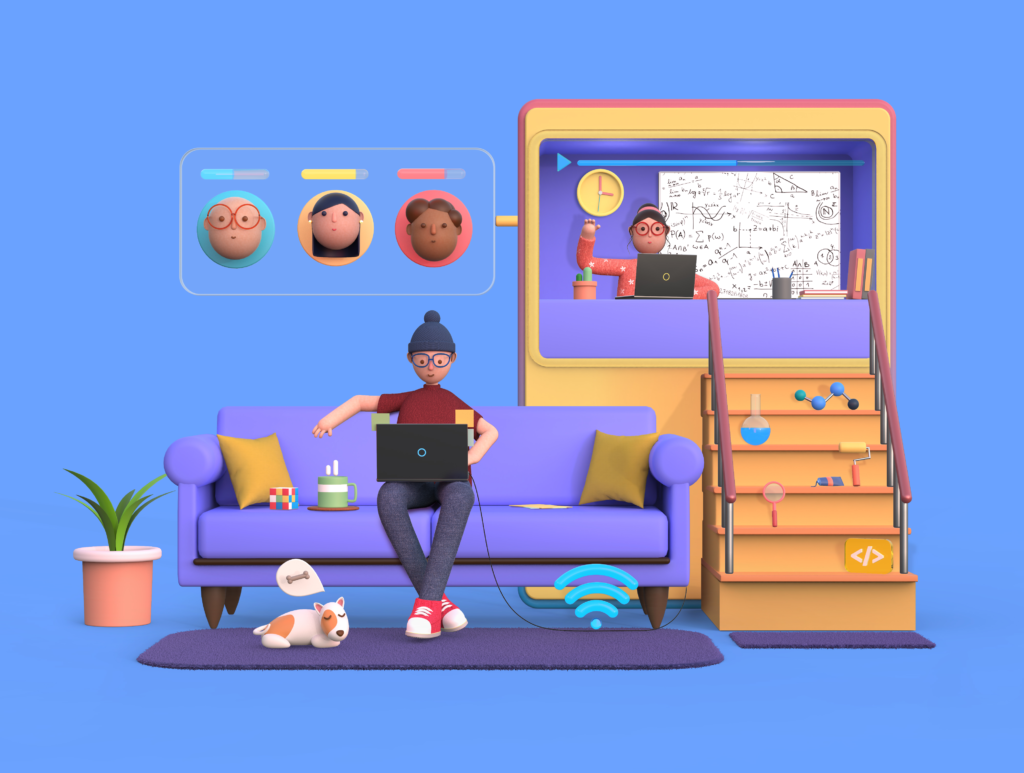
There are several benefits to eLearning:
- Convenience:
If you want to learn something but don’t have time or resources available, eLearning can help you get what you need without having to go through the hassle of taking a workshop or training. eLearning is a super helpful way to learn because you can access course materials and participate in learning activities whenever you want and at your own pace. This is great because it means you can fit your learning around your work or family commitments, which can be really tricky with traditional classroom-based courses. Plus, to understand deeply what is eLearning you need to access to loads of courses and programs that might not be available in your local area, and it’s often cheaper too!
- Flexibility:
You don’t have to worry about being able to come into an office or classroom space if you don’t have one—you can take classes at home or at work! eLearning is a convenient way to learn that offers flexibility and freedom. E-learning provides a variety of learning styles and formats, so students can choose the one that works best for them.
- Cost-effectiveness:
You can save money by taking courses online instead of enrolling in traditional classes.
One of the most important part of what is eLearning and its benefit is that it is cost-effective due to reduced travel and accommodation costs, lower infrastructure costs, scalability, customization, and reduced trainer costs by eliminating the need for physical resources.
What Skills Do I Need to Become an eLearning Expert?
To become an eLearning expert, there are several skills that you should consider developing. These may include:
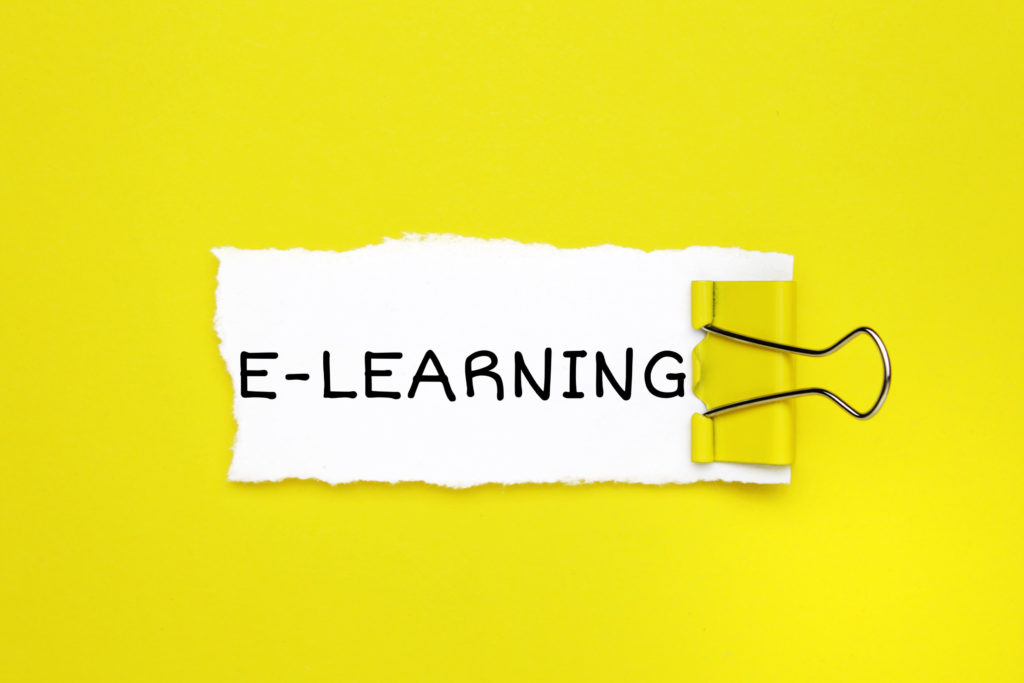
- Knowledge of instructional design principles:
As an eLearning expert, you should have a strong understanding of instructional design principles, such as how to create effective learning objectives, select appropriate learning activities, and use appropriate instructional strategies.
- Familiarity with different eLearning tools and technologies:
There are many different tools and technologies available for creating eLearning content, and an eLearning expert should be familiar with a range of these tools and technologies. This may include content authoring tools, learning management systems, and video conferencing platforms, among others.
- Excellent communication and interpersonal skills:
As an eLearning expert, you will need to be able to communicate effectively with a variety of people, including learners, instructors, and stakeholders. You should also be able to work well in teams and collaborate with others to create high-quality eLearning content.
- Creativity and problem-solving skills:
Creating effective eLearning content requires creativity and the ability to think outside the box. An eLearning expert should be able to come up with creative solutions to challenges and develop innovative approaches to teaching and learning. To gain a comprehensive understanding of what is eLearning, it is crucial to explore various facets of creativity and problem solving skills.
- Flexibility and adaptability:
The world of eLearning is constantly evolving, and an eLearning expert should be able to adapt to changing technologies and trends. This may involve staying up to date with the latest eLearning USA tools and technologies, as well as being willing to try new approaches and methods.
In addition to these skills, an eLearning expert should also have a strong understanding of the subject matter that they are teaching, as well as experience with teaching and learning in an online environment. To stay at the top of your game, it’s important to keep up with the latest trends on what is eLearning and advancements in eLearning technology.
How to develop an eLearning course?
- Identify the target audience and their specific needs and goals for the eLearning course.
- Develop a clear and concise learning objective for the course, outlining the specific skills and knowledge that participants will gain from the course.
- Design the course content, using a variety of multimedia and interactive elements to engage and motivate learners.
- Create assessments and quizzes to evaluate learners’ progress and ensure that they are gaining the necessary knowledge and skills from the course.
- Develop a course schedule and timeline, ensuring that the course is delivered in a timely and efficient manner.
- Use technology and platforms that are user-friendly and accessible to learners, such as online learning management systems or virtual classroom platforms.
- Monitor and evaluate the course, providing feedback and support to learners as needed to ensure that they are achieving their learning goals.
- Continuously update and improve the course, incorporating new information and best practices to keep the content relevant and effective.
You want to use technology that is easy to use. While the course is happening, you check in on how the learners are doing and give them feedback. Finally, you keep updating the course to make sure it stays relevant and helpful for your learner. That’s the basics of what is eLearning and to develop eLearning course!
Tools & Platforms to create eLearning course
There are so many tools available that can help you to design eLearning course. Here are a few:
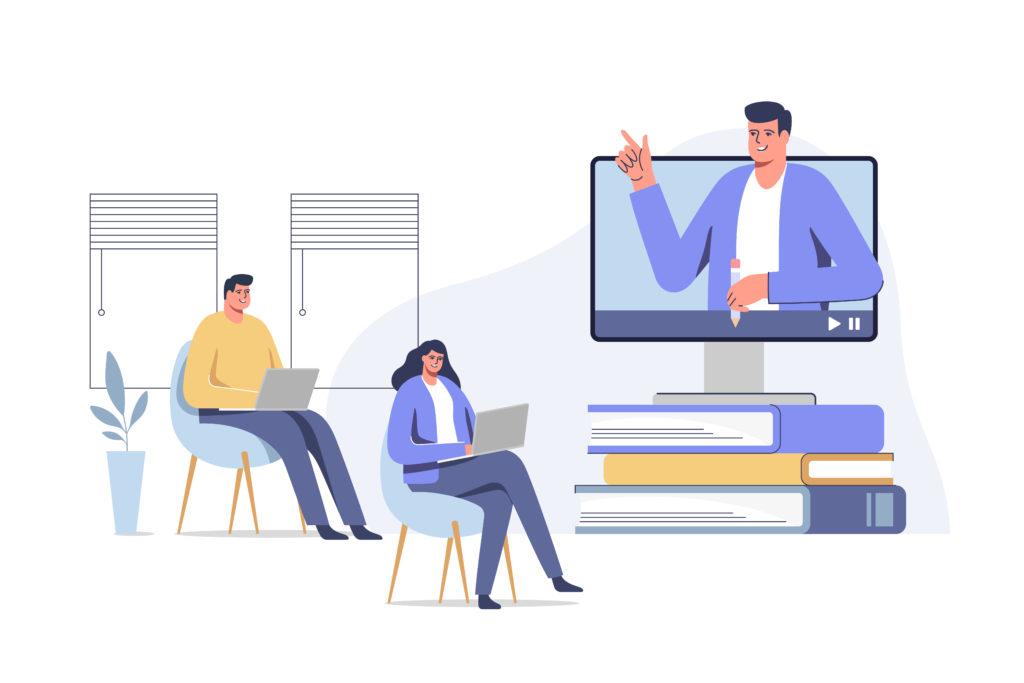
Learning management system (LMS) to manage and deliver the eLearning course to employees.
- Authoring tool to create interactive and engaging content for the course.
- Content development tool to organize and manage the course content.
- Video editing software to create and edit instructional videos for the course.
- Quiz and assessment tools to evaluate the learners’ progress and knowledge.
- Collaboration and communication tools to facilitate discussions and feedback among learners and instructors.
Articulate 360, Vyond and Camtasia can also help to develop eLearning course, instructional and how to videos. Blendtolearn is an official and sole distributor of Articulate, Vyond and Techsmith. We offer eLearning training, consultation in USA , Dubai and Saudi Arabia and amazing discounts on the platforms.
To download detail guide on what is eLearning as a PDF file please click here What is eLearning User Guide 2023
Conclusion
In conclusion, eLearning in the corporate world has numerous benefits for both the company and its employees. It allows for flexible and convenient learning, improved retention and comprehension of material, and cost-saving measures.
However, it is important for companies whether its USA eLearning company , Dubai eLearning company or any eLearning company in world, to properly implement and manage their eLearning programs to ensure success and engagement. Overall, eLearning has proven to be a valuable tool for corporate training and development. I hope, this article has provided you helpful insights on what is eLearning and it’s importance. To get hands on training on eLearning you can attend our eLearning workshops that includes instructional design workshop with instructional design certification and also detail articulate storyline 360 training to enhance your skills.


